I birded a good portion of the lakefront in Milwaukee this morning. The second time I checked out Bradford Beach I spotted a very large gull with some Ring-billed Gulls, it was an adult Glaucous Gull. Not your everyday gull on the lakefront, but we do see a few during the winter months. I had hit that beach earlier in the morning and it was empty. These gulls are always moving around. Off the shorelines were some Bufflehead, Scaups, American Coots, Red-breasted Mergansers, Horned Grebes along with the usually Mallards. About 15 American Robins were eating berries off the trees just south of the entrance to Bradford Beach parking lot. Bruce joined me for some shooting of the Glaucous Gull. It was a cold morning, overcast with a stiff wind, sure felt like winter. Images were taken on November 14, 2014.
Glaucous Gull
Binomial name: Larus hyperboreus
Category: Gulls, Terns, and Skimmers
Size: 27” long, 60” wing span
Weight: 3.1 lb
Habitat: This large gulls breeding grounds are in the northern arctic. It spends its winters farther north than most gulls on coasts, lakes, urban areas, dumps and agricultural fields. Mostly breeds along shorelines of the seacoast, rivers and lakes, also refuse dumps. These gulls are usually not found inland.
Diet: It captures prey such as plovers, small ducks, ptarmigans, auks, birds, small mammals and invertebrates. It also scavenges dead fish, carrion, garbage and dead animal matter.
Nesting: The nest is a shallow bowl constructed of twigs, grasses, sedges, moss and sometimes feathers. The nest is located on cliff edges, grass slopes above cliffs, islands or ponds on the tundra. 3 eggs are usually laid brown in color with dark brown spots.

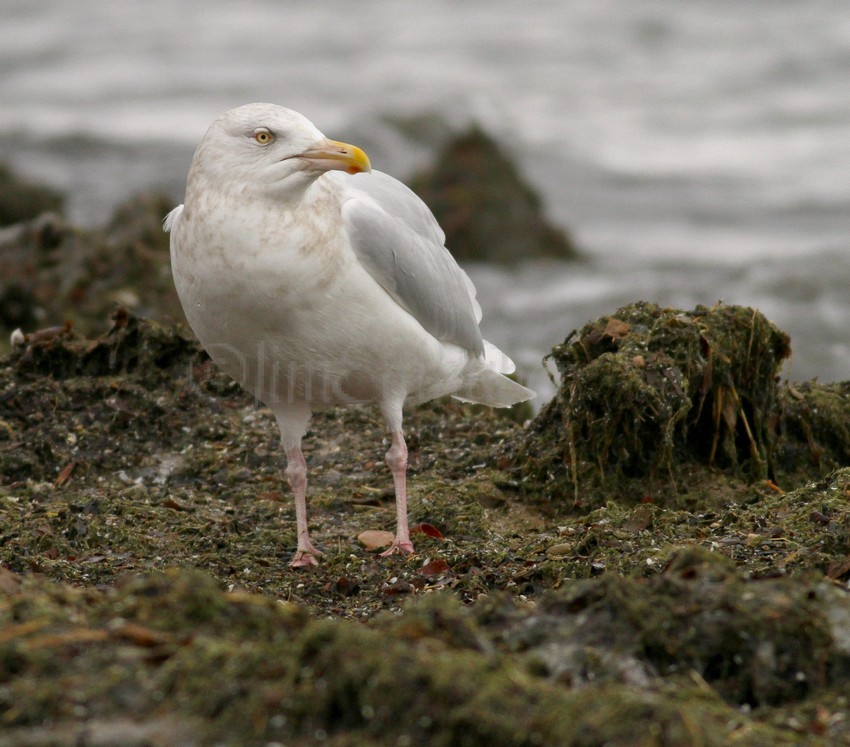
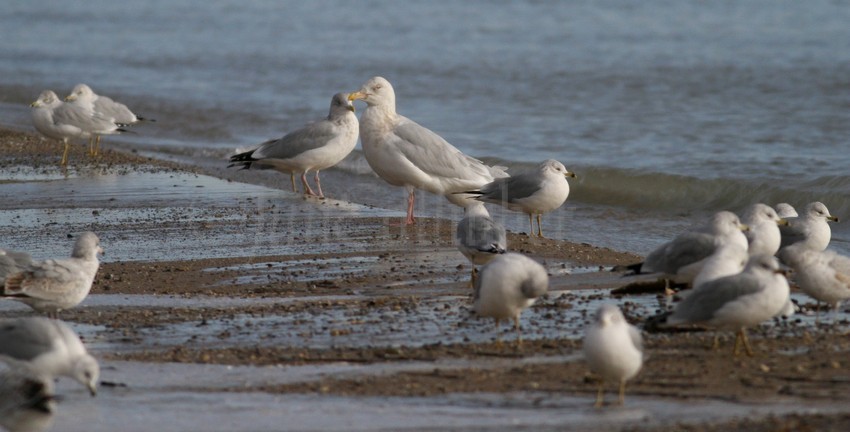

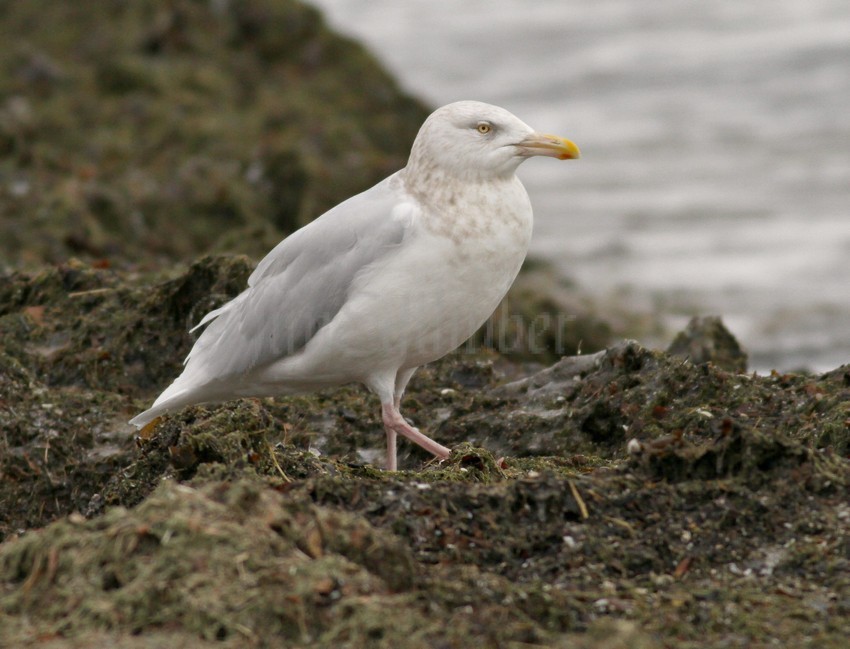
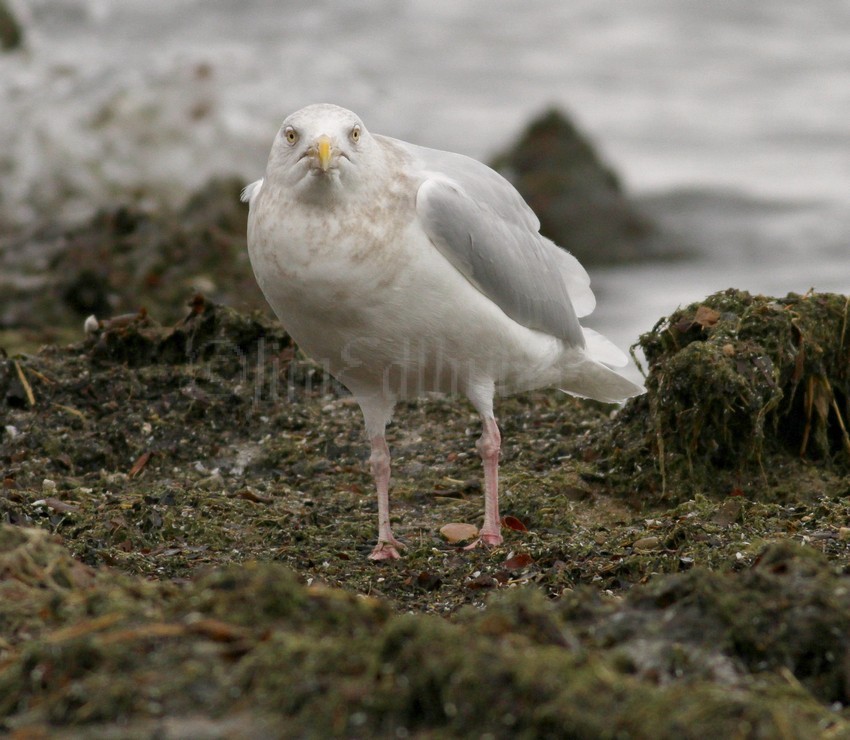
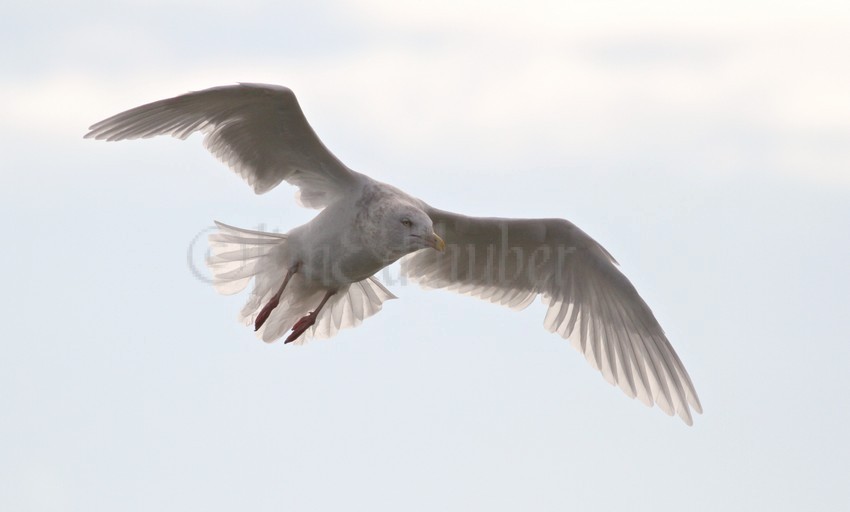
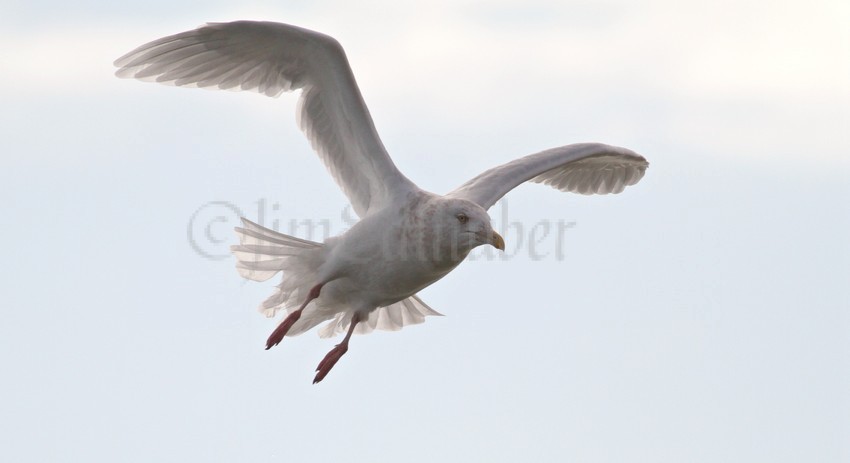
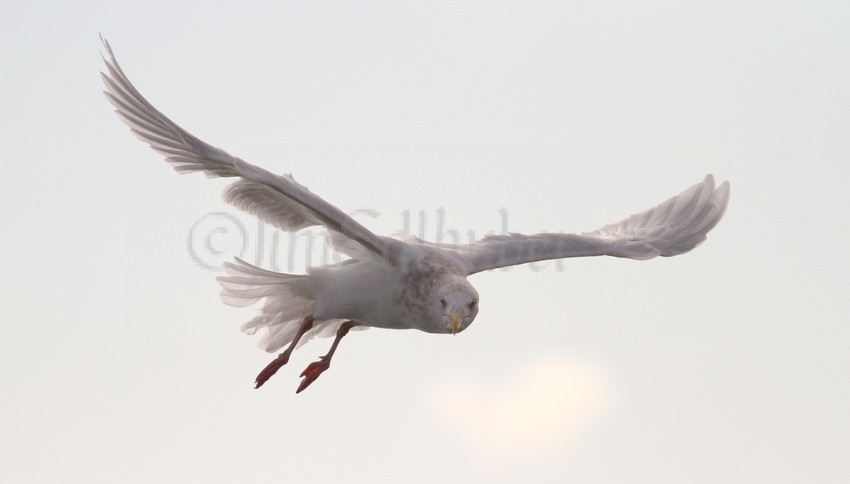
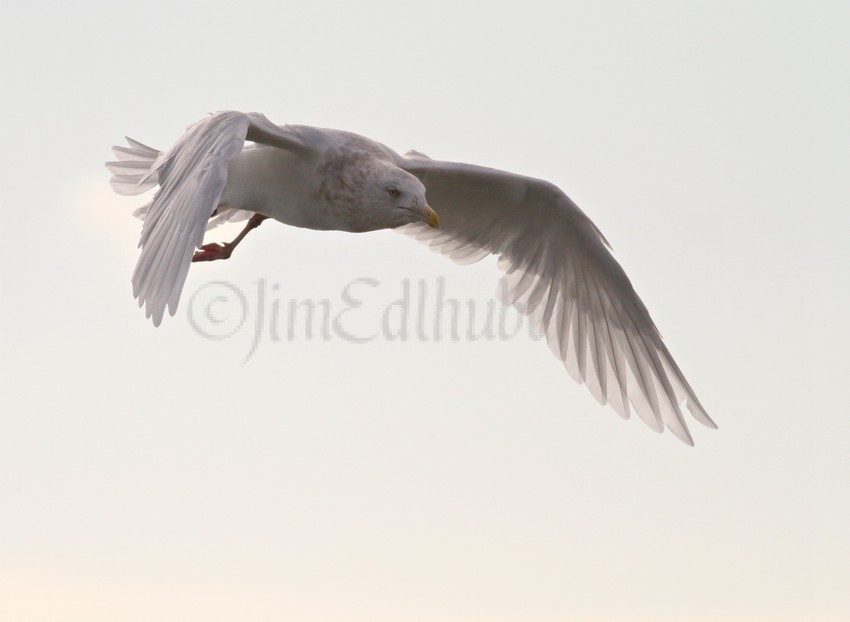
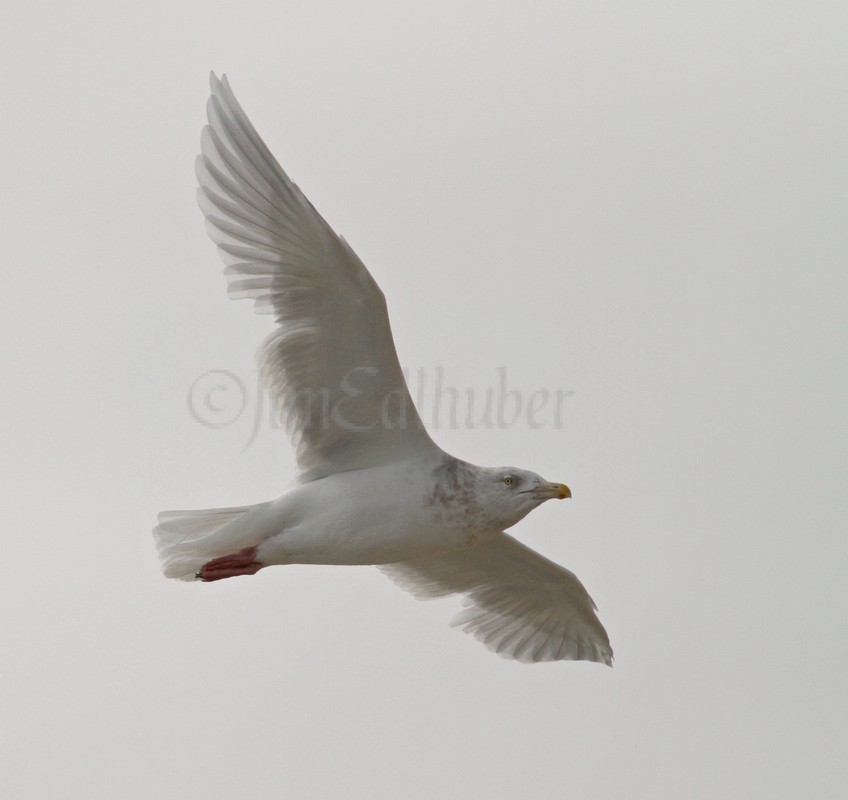
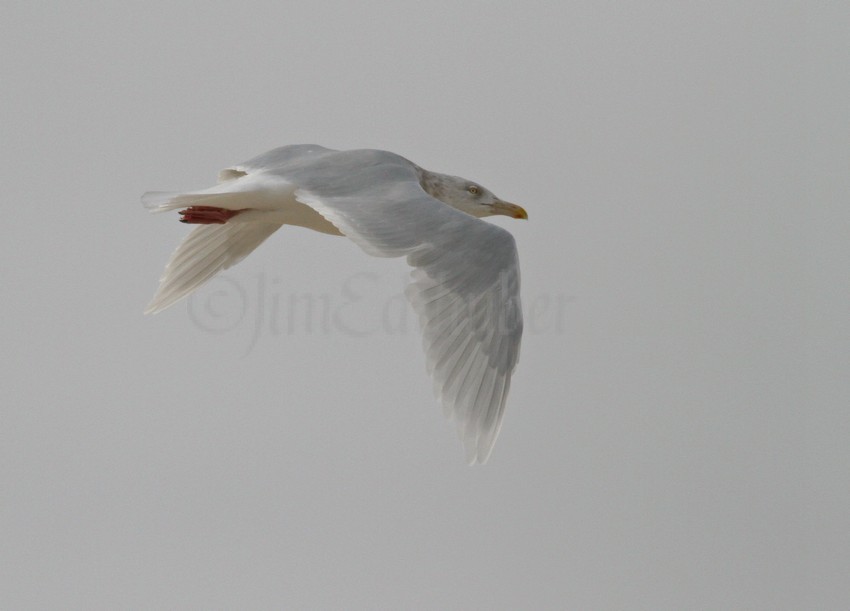
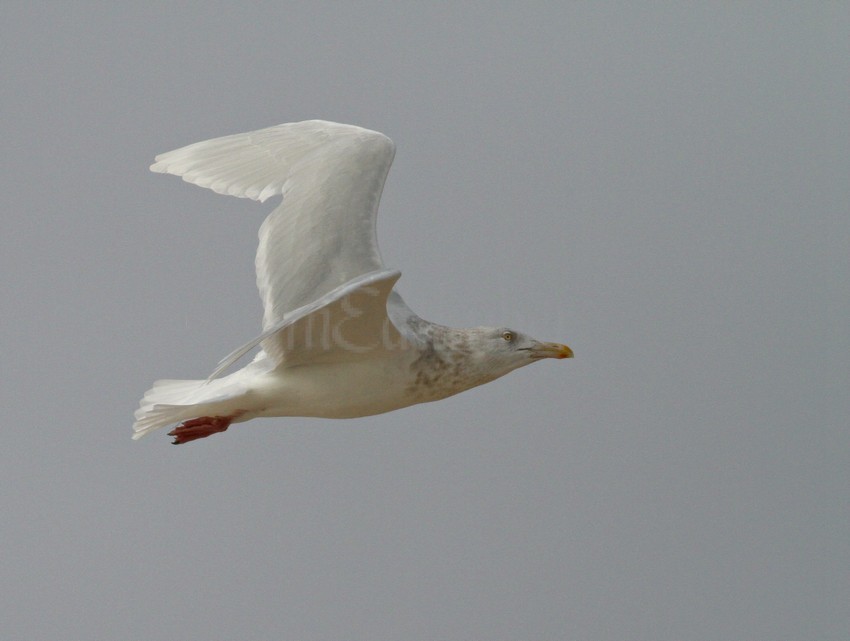
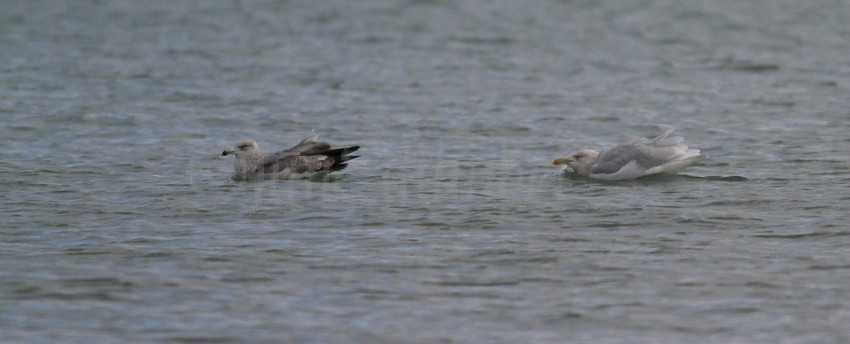
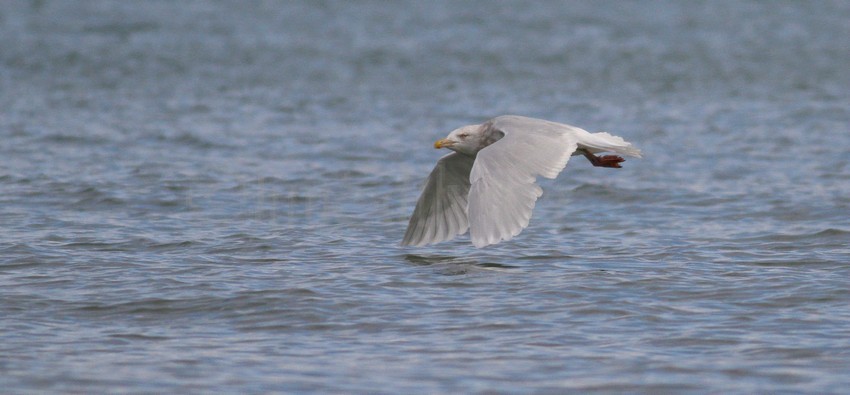
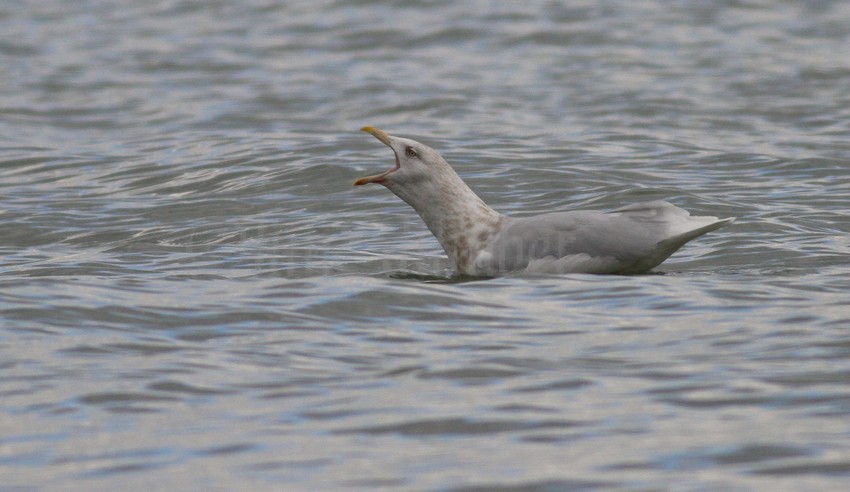
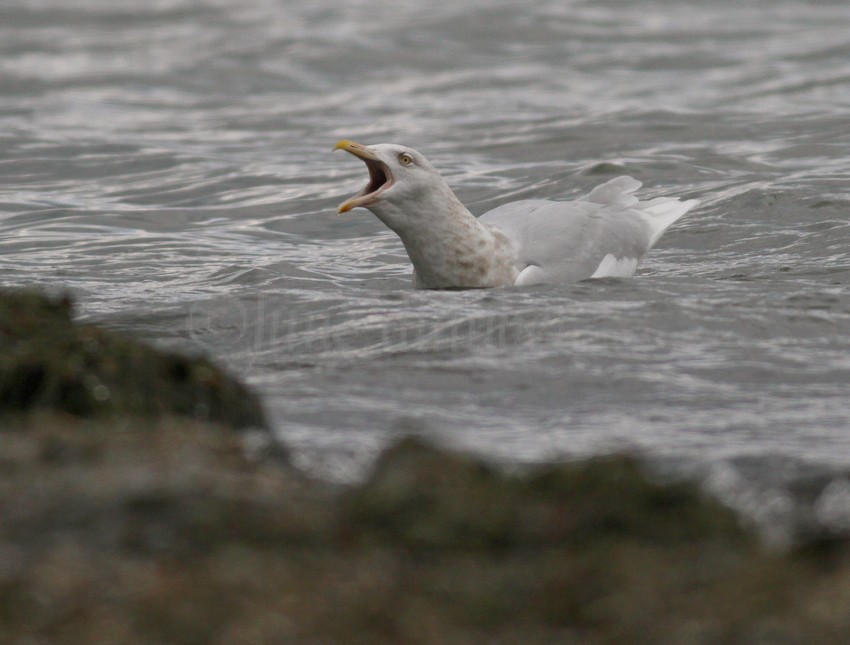
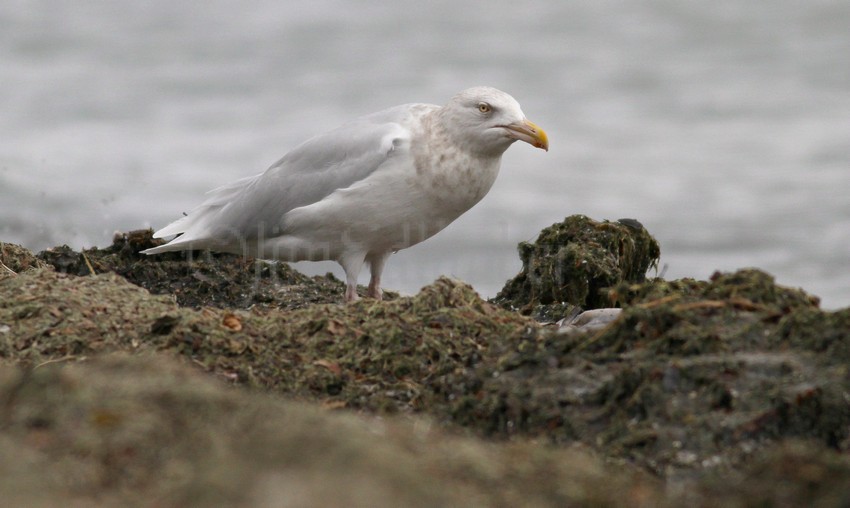
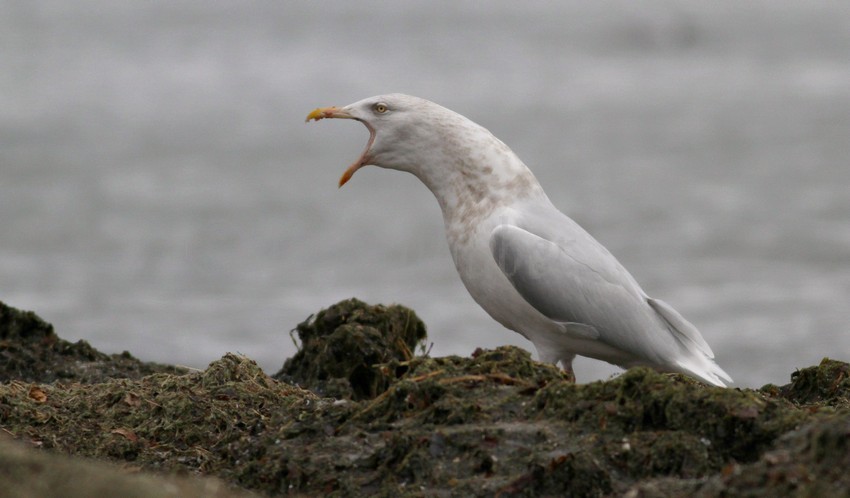
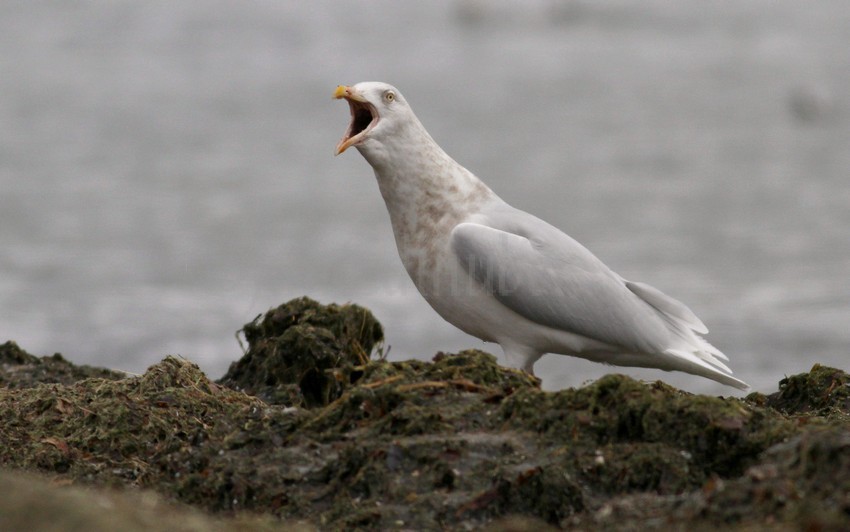
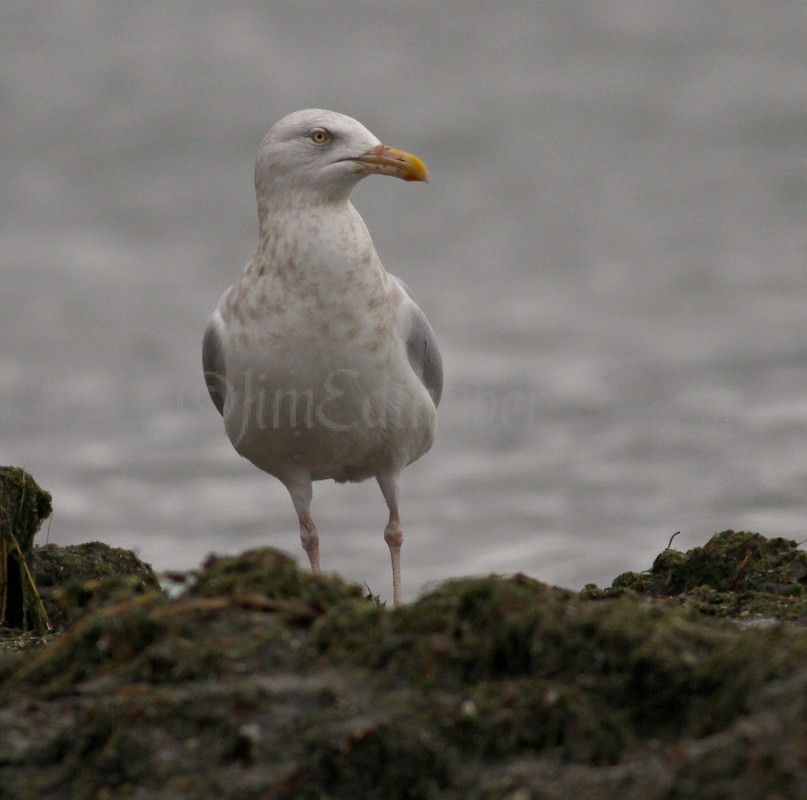
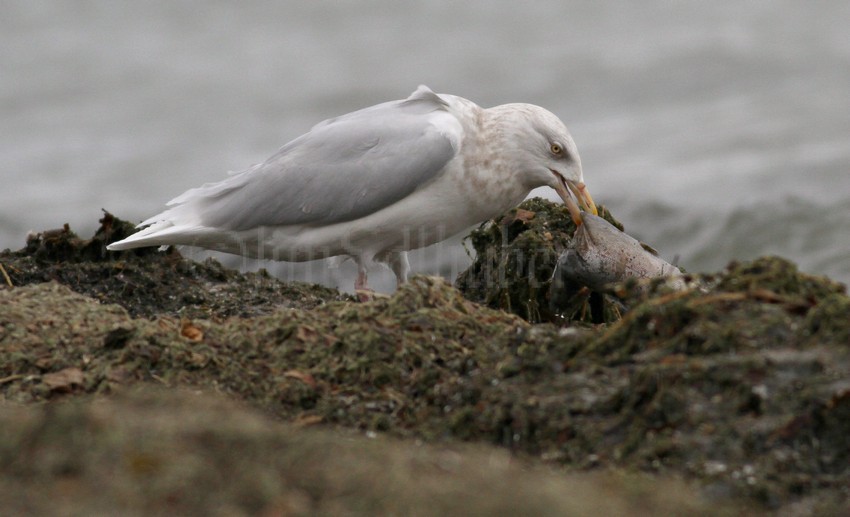
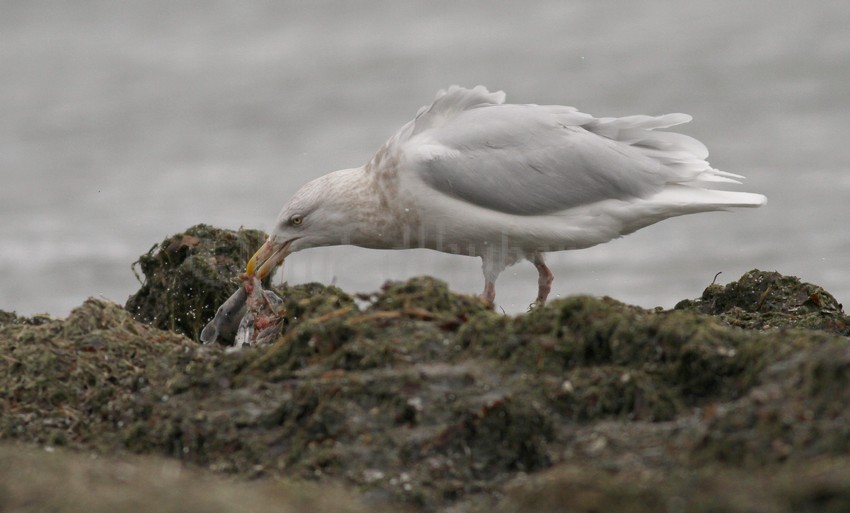
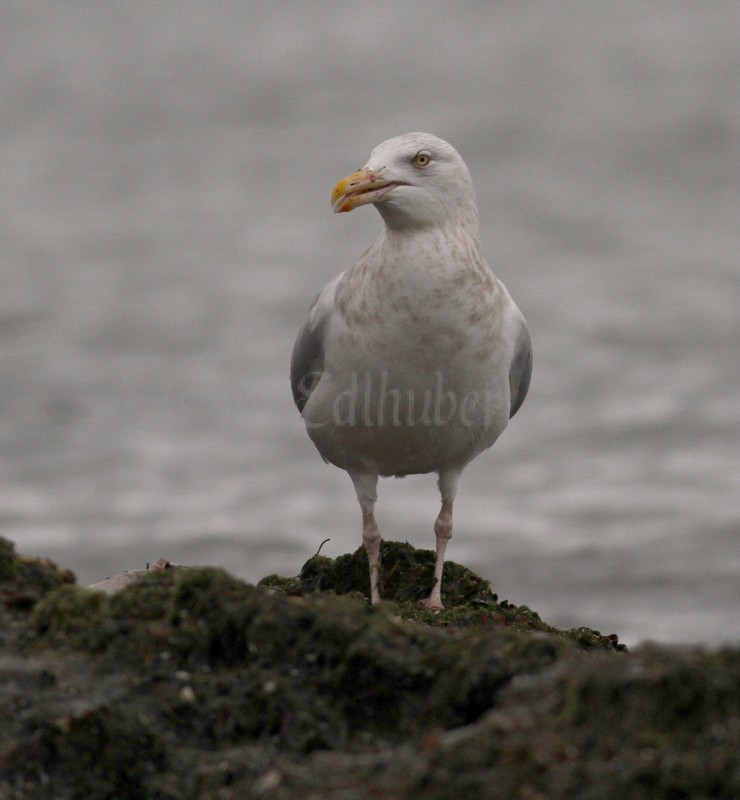
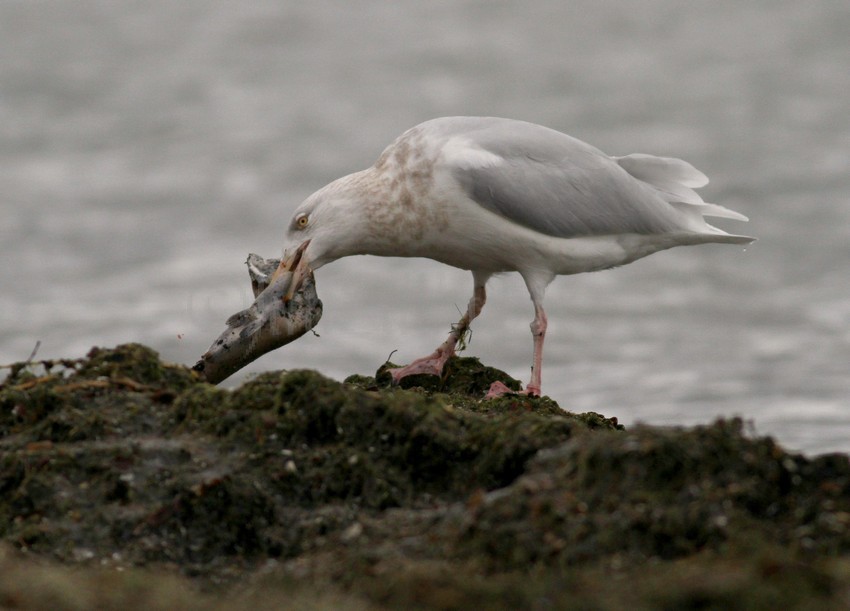
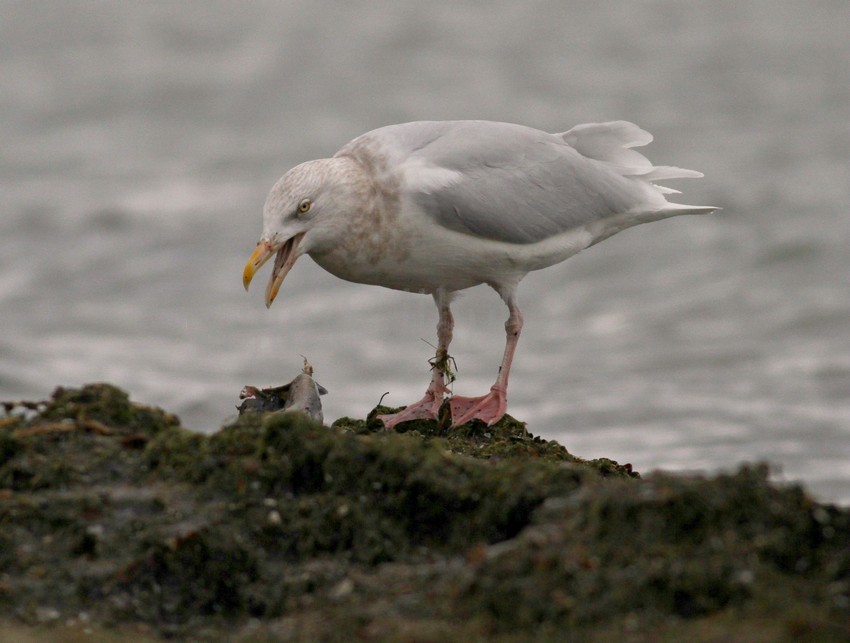
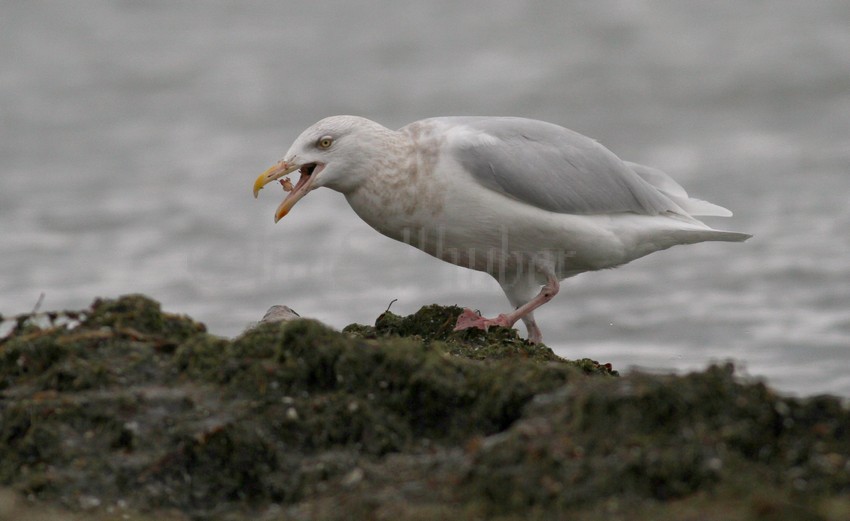
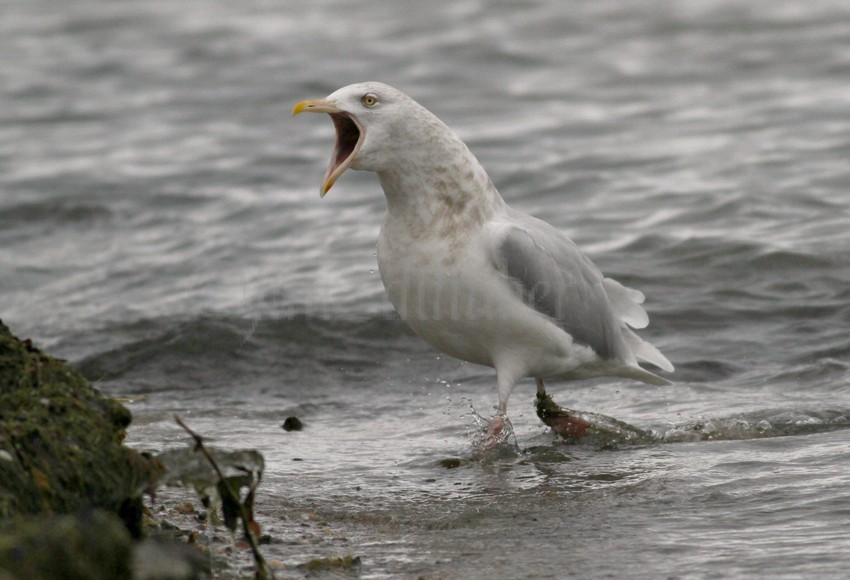
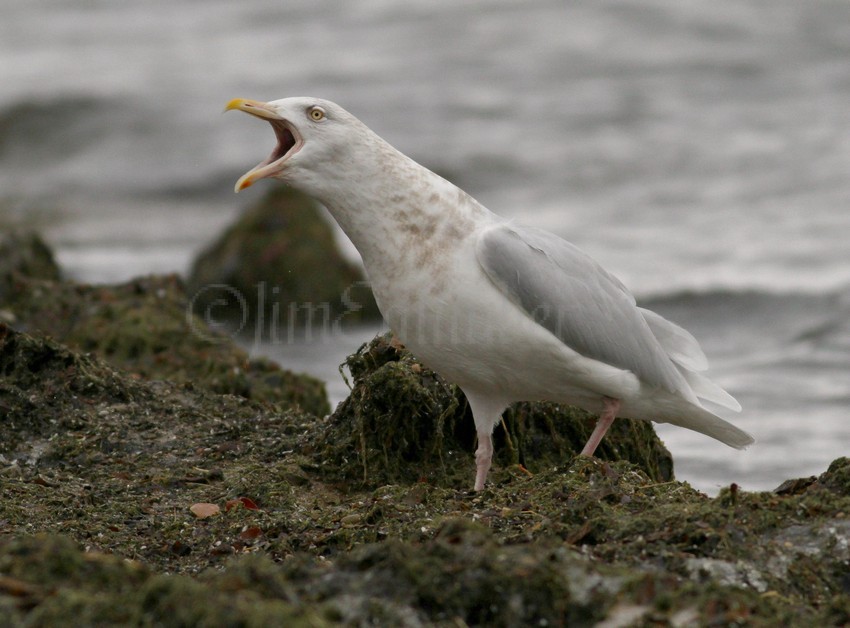
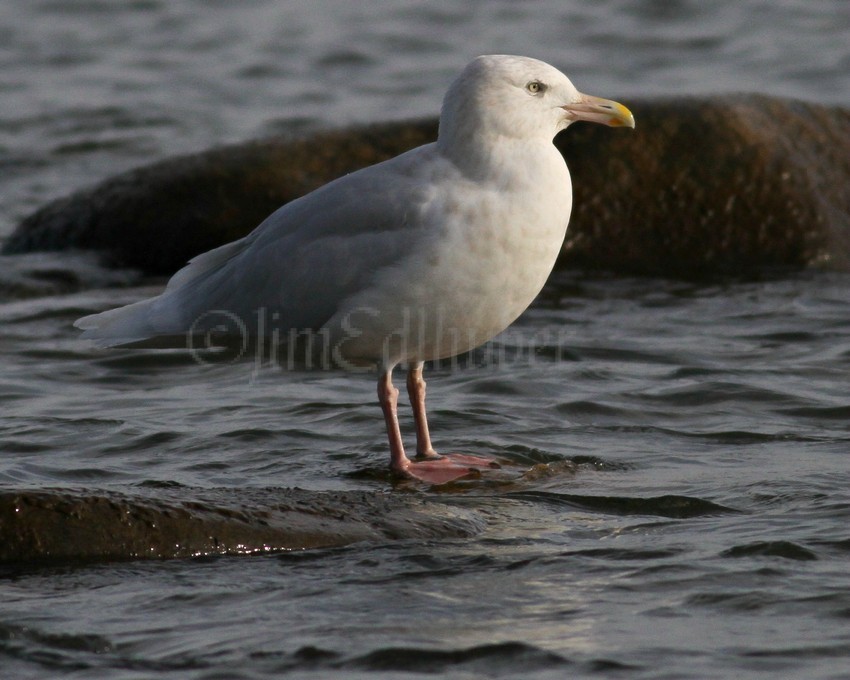
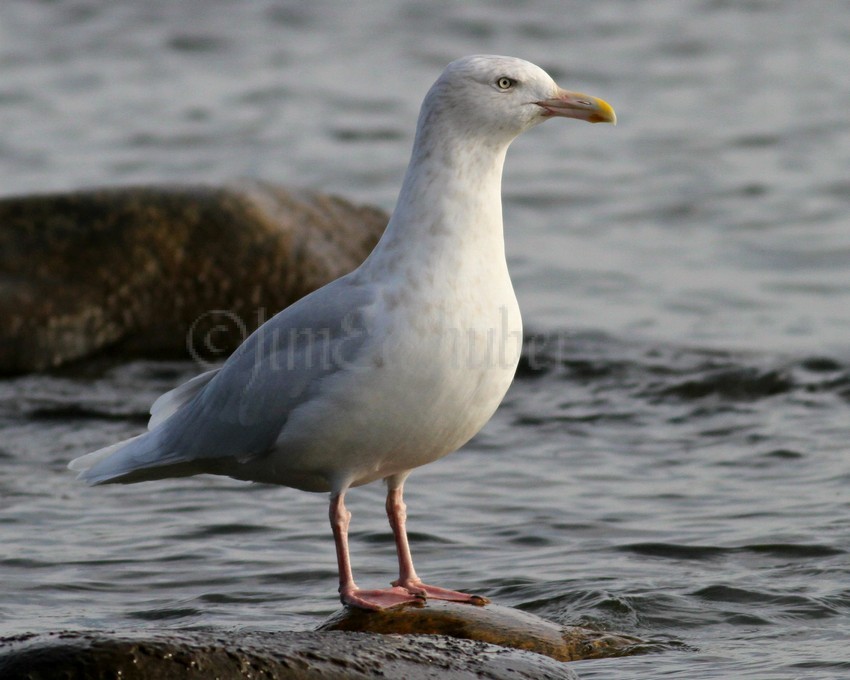
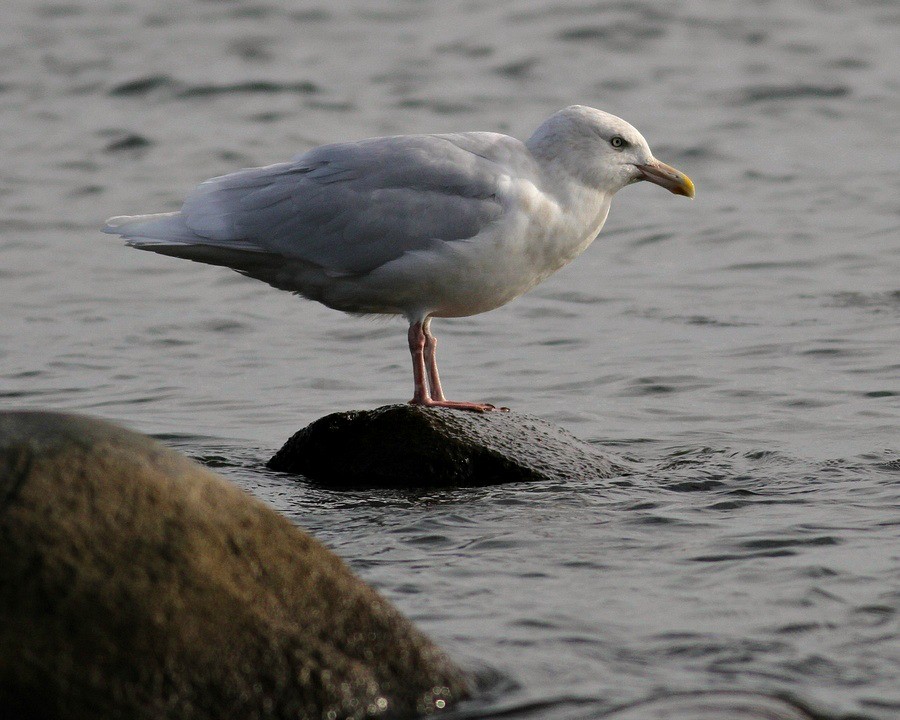
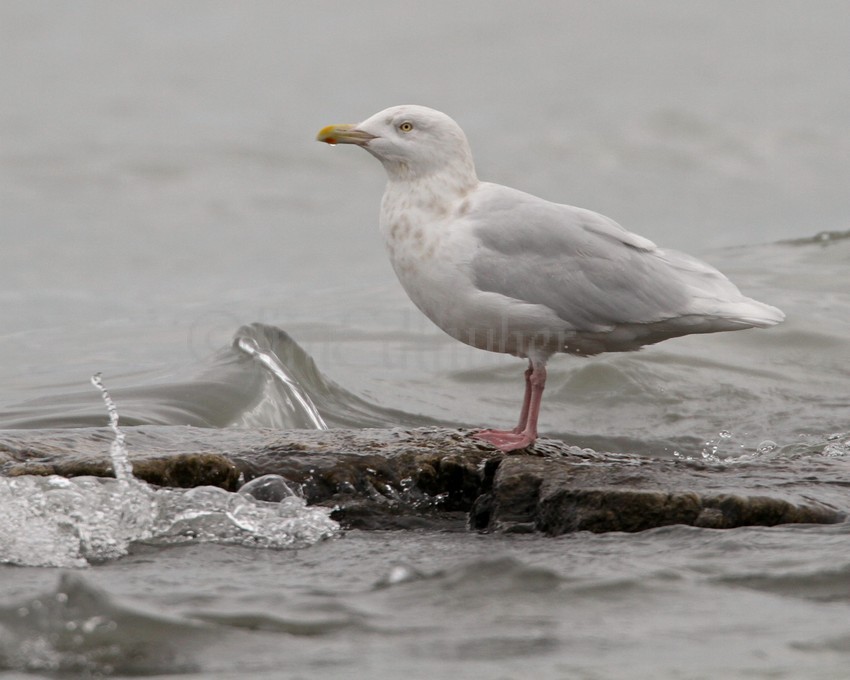
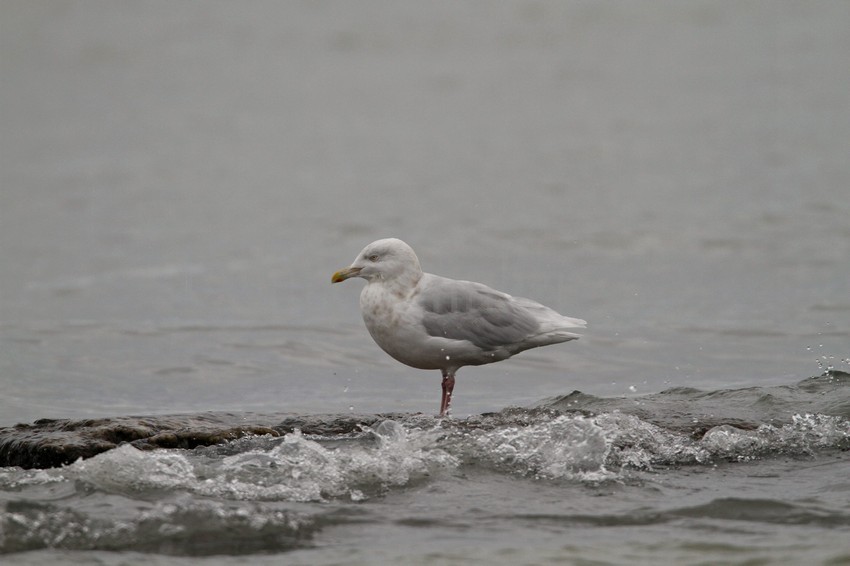
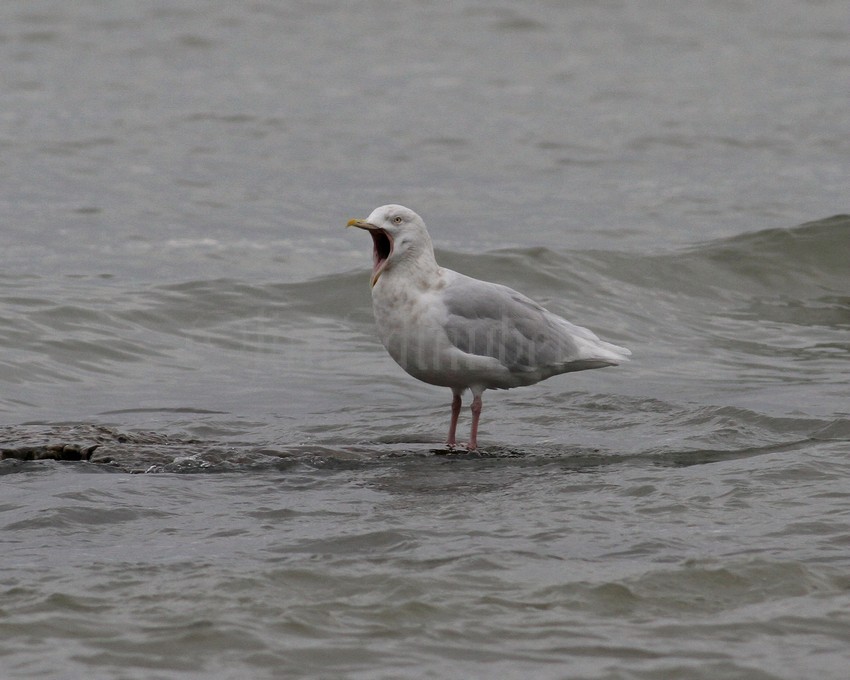
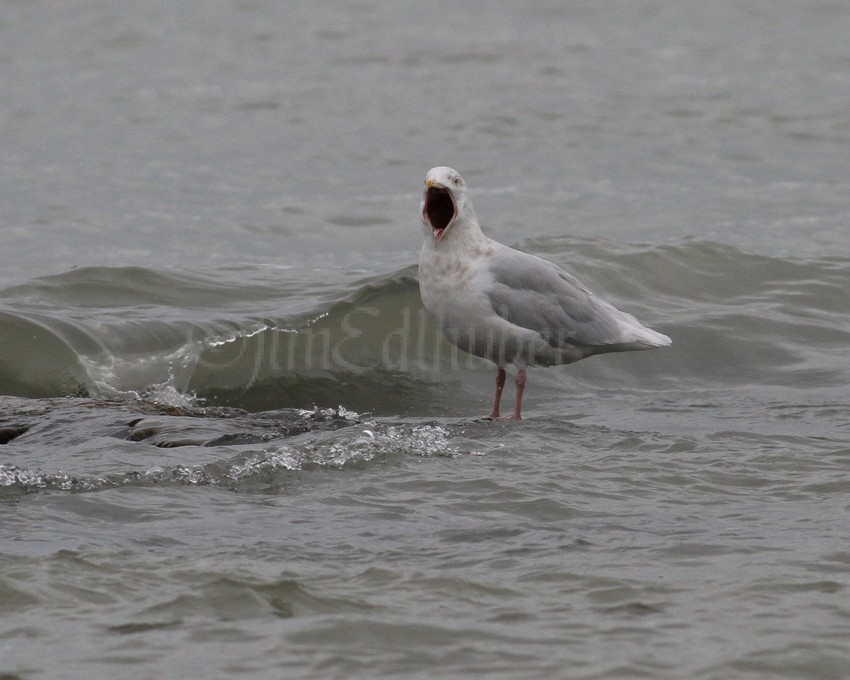
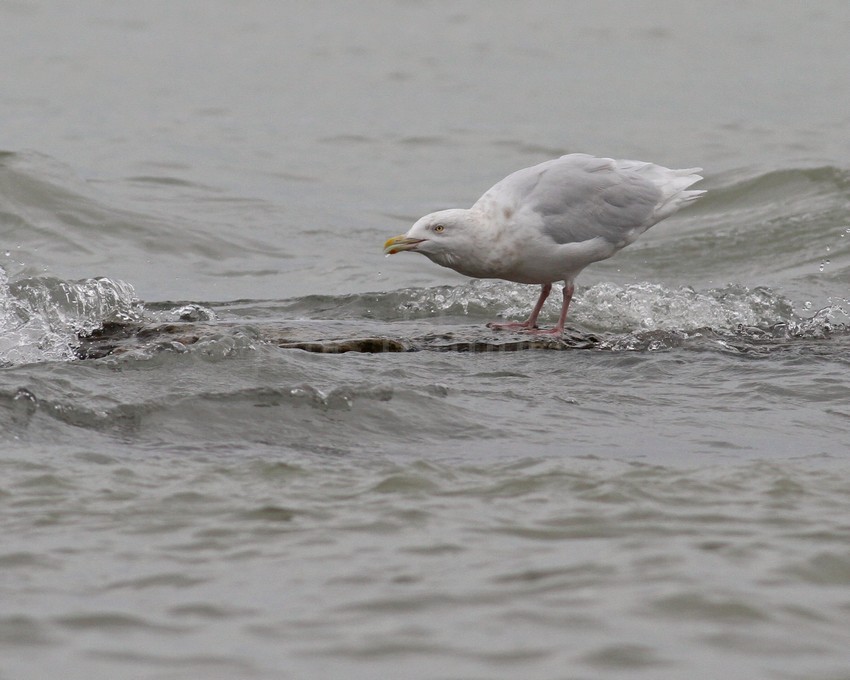
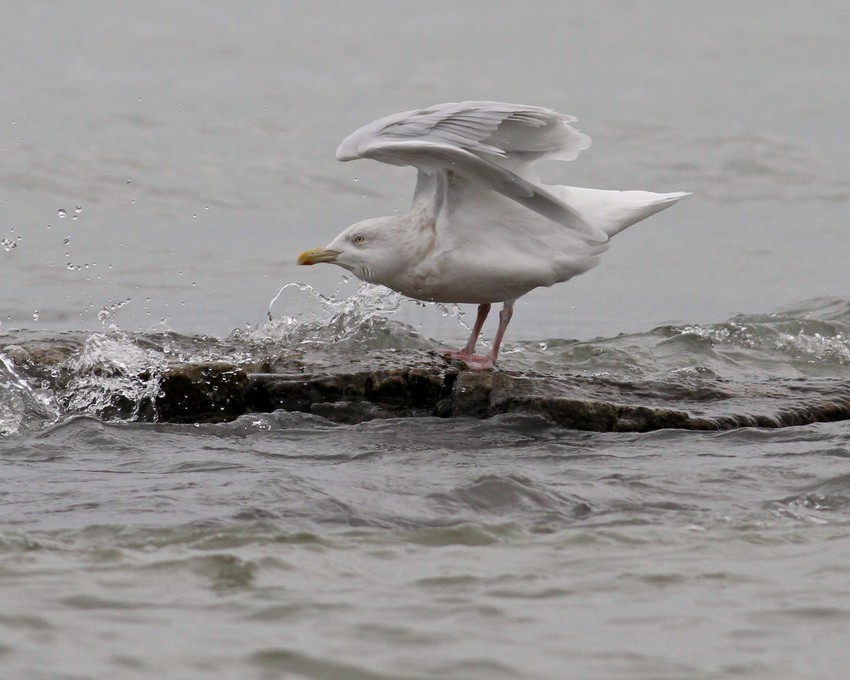
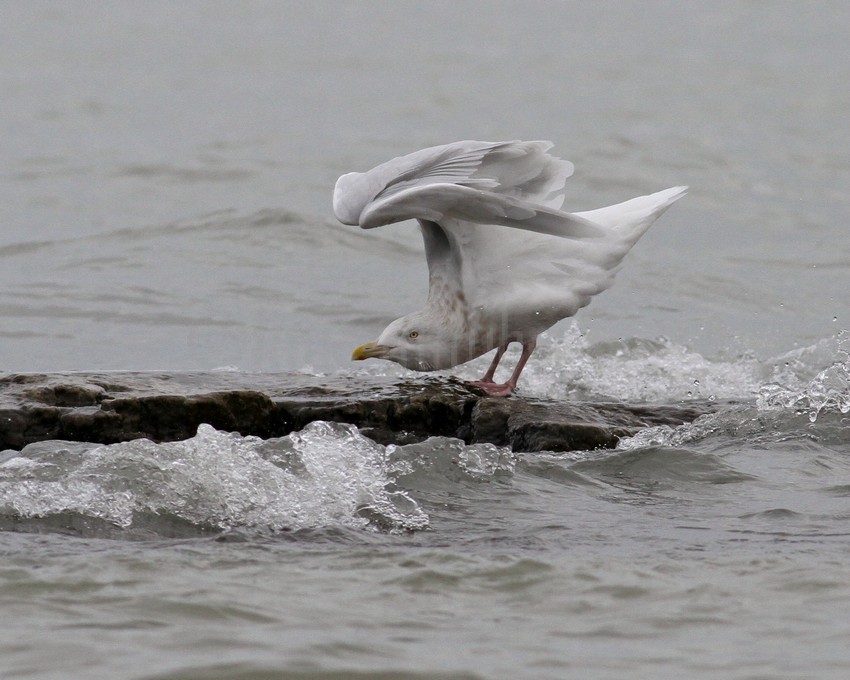
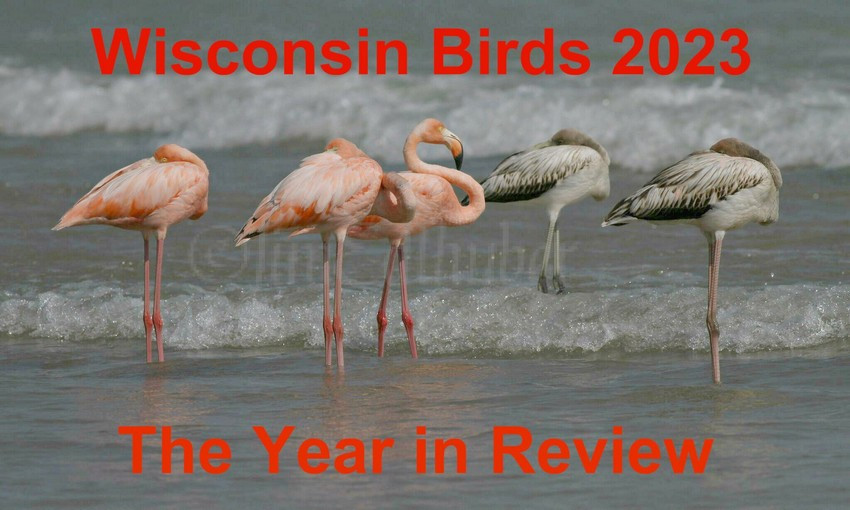
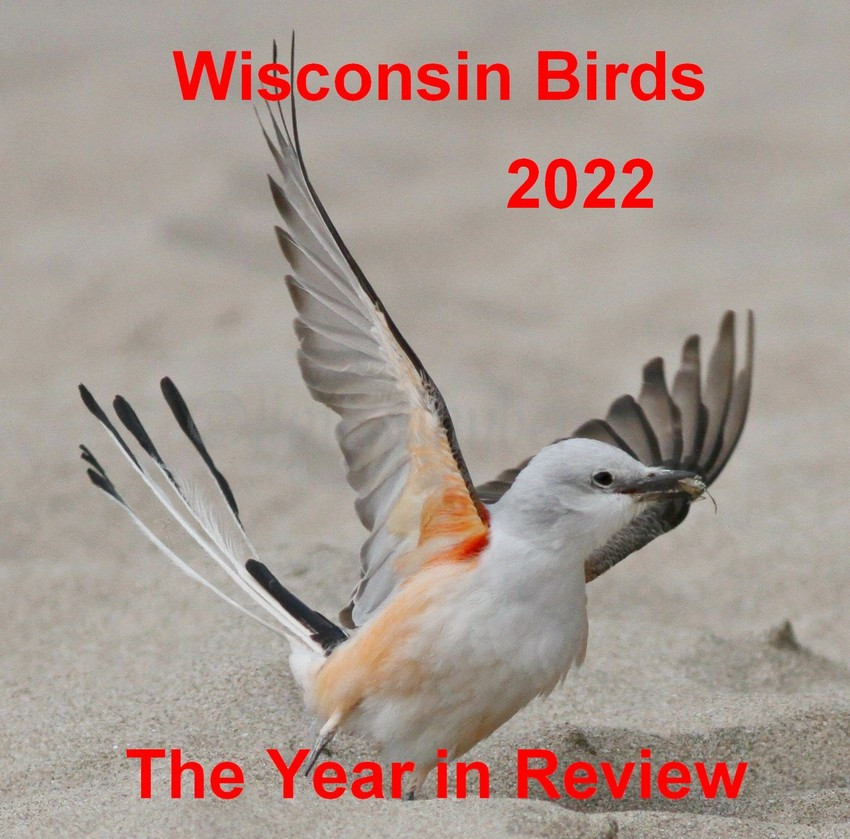
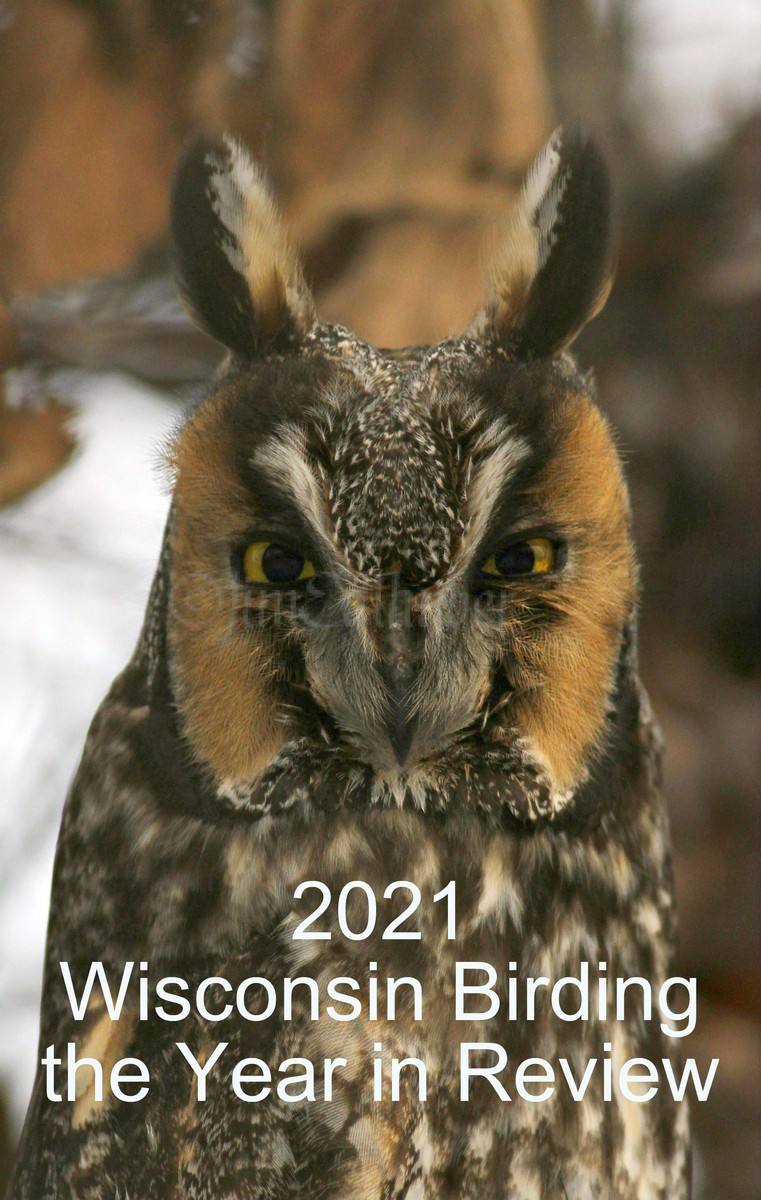
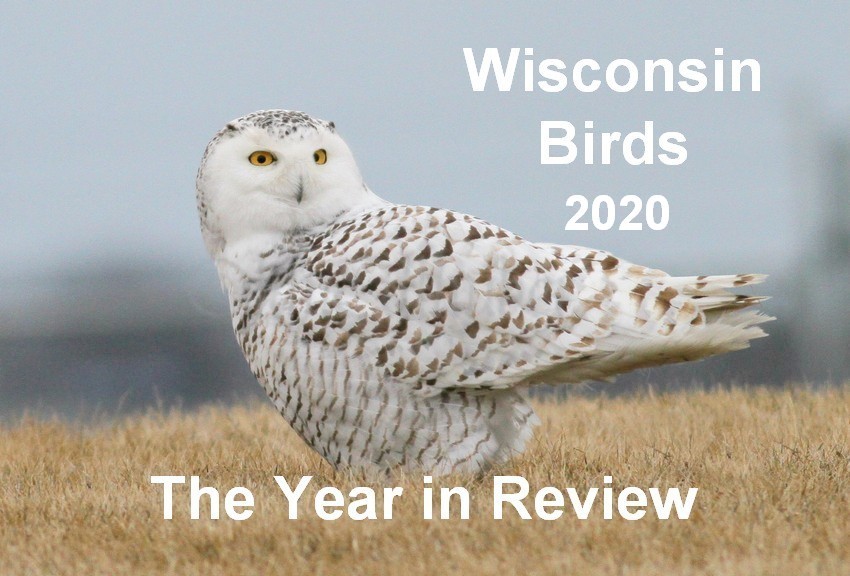
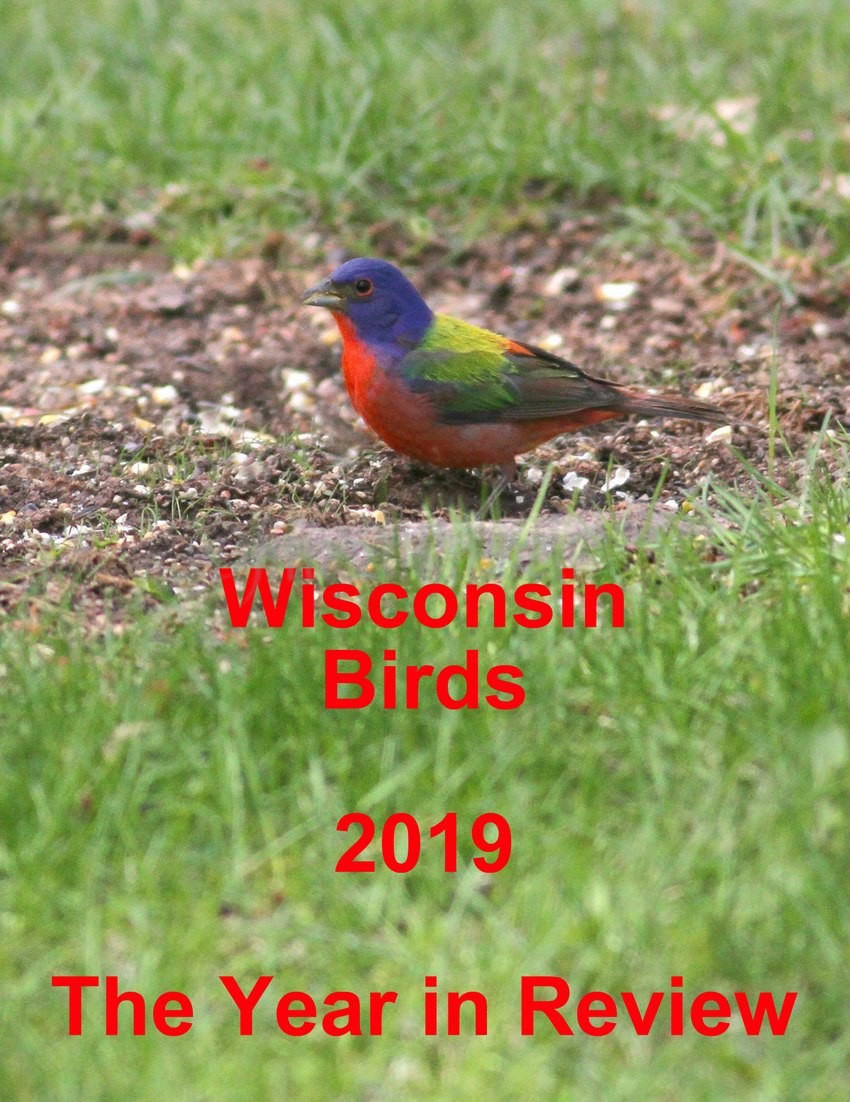
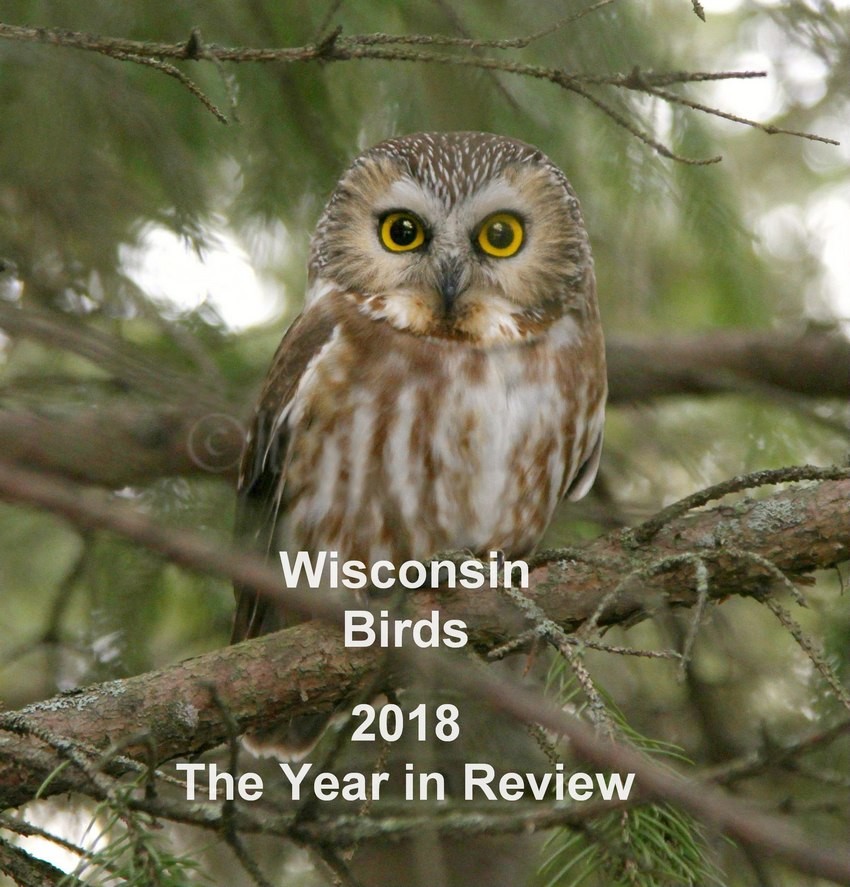
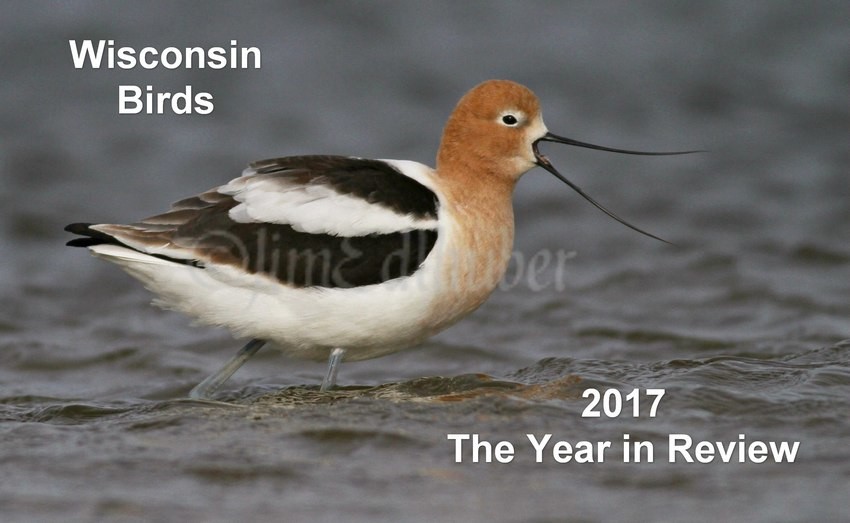
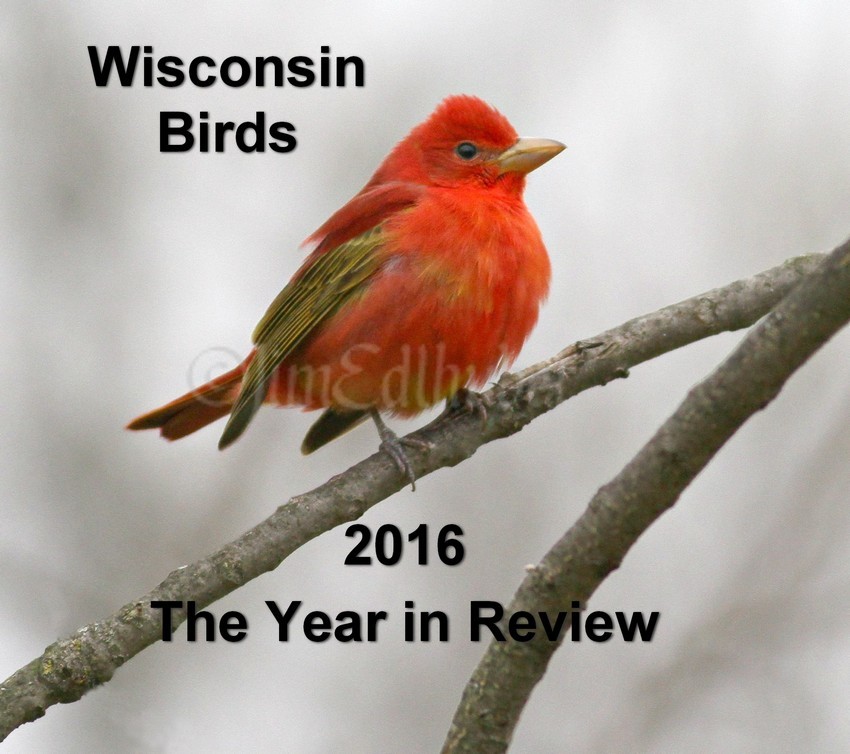
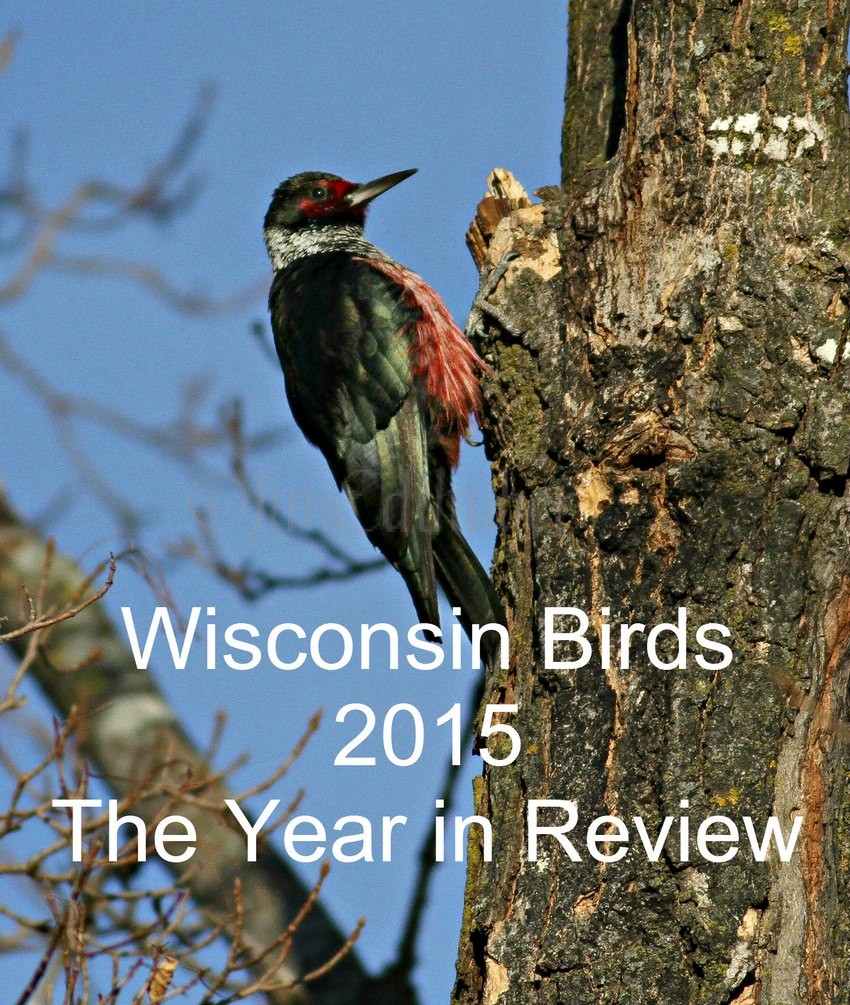
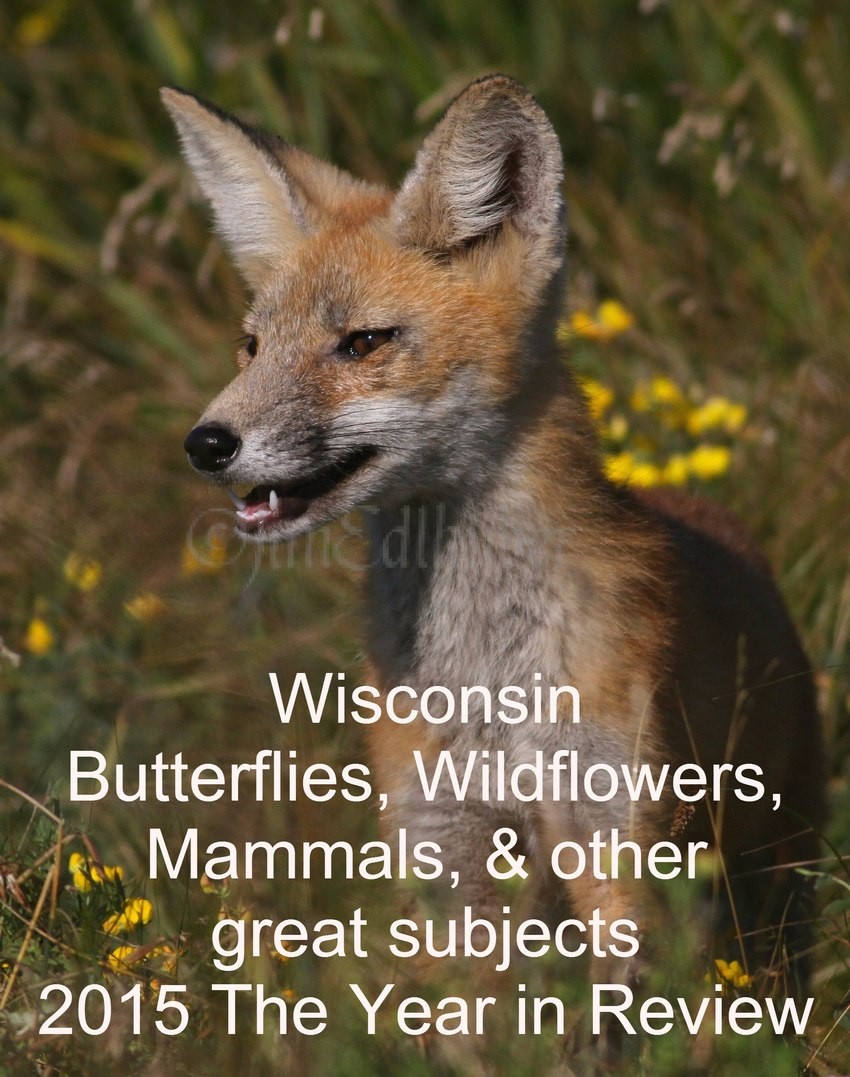
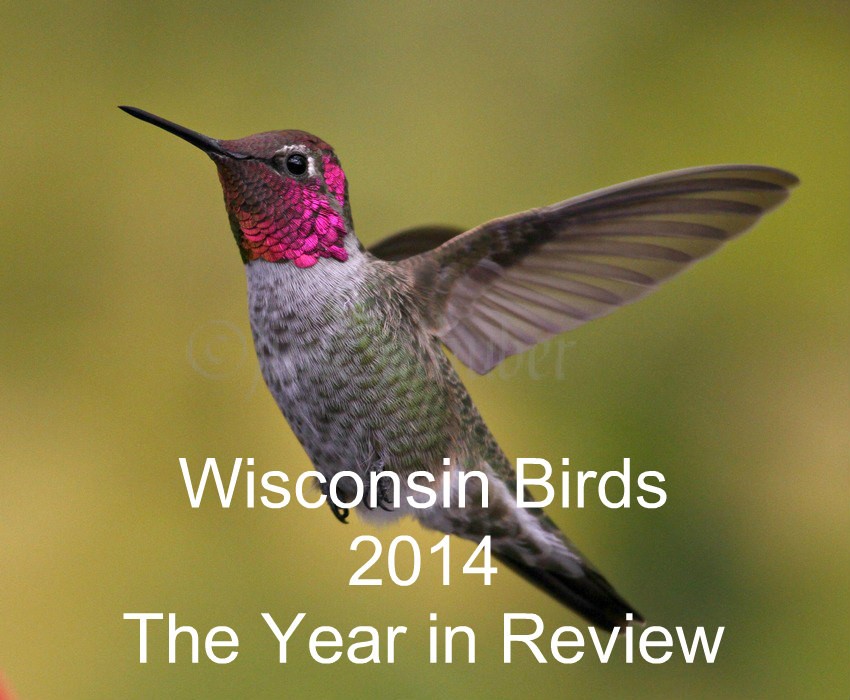
Jim – once again this year, Birds In Art in Wausau featured a few paintings so lifelike, one is certain they must be photographs. Your gull on the other hand is captured in such soft light and abstract setting, the bird appears to be a masters painting. Such is the confusion one feels when under the influence of art. Thanks for sharing yours!